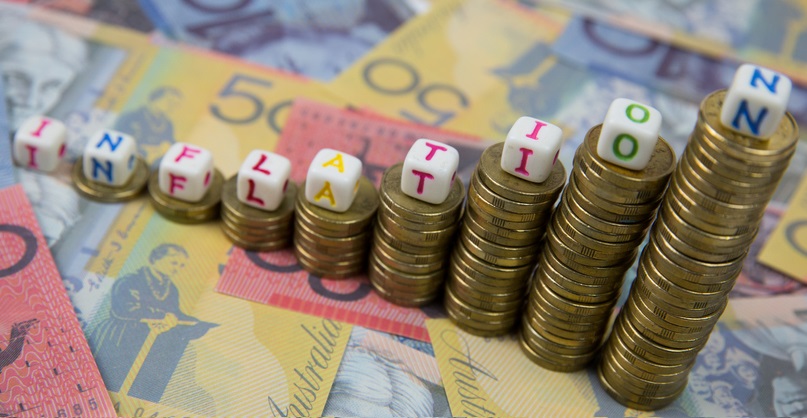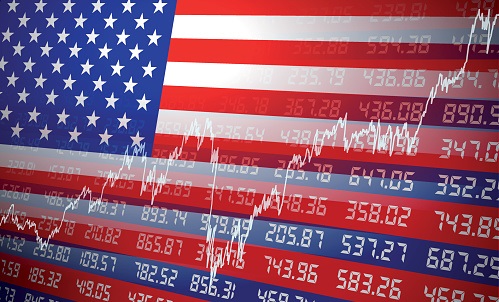The Australian dollar fell back towards the 0.6600 level against the US dollar after the monthly Consumer Price Index (CPI) indicator rose 5.6 per cent in the 12 months to May 2023, according to the latest data from the Australian Bureau of Statistics.
Michelle Marquardt, ABS head of prices statistics, said “This month’s annual increase of 5.6 per cent is the smallest increase since April last year. While prices have kept rising for most goods and services, many increases were smaller than we have seen in recent months.“
CPI inflation is often impacted by items with volatile price changes like automotive fuel, fruit and vegetables, and holiday travel. The annual increase for the monthly CPI indicator was 6.4 per cent in May, slightly lower than the rise of 6.5 per cent recorded in April and down from a peak of 7.3 per cent in December 2022.
ANZ bank is now forecasting a +25 basis point cash rate hike. The note that “We still expect a rate rise from the RBA in July despite the deceleration of monthly inflation.”
They add that “CPI ex volatile items and holidays barely moved in May” and also they comment “Strong jobs momentum may also sway the RBA’s decision towards a rise.”
While the monthly CPI print has caveats, the data does not cover the entire ‘basket’ that the quarterly CPI does for example, we don’t get the more reliable quarterly data until late in July.
The Reserve Bank of Australia meet next week, July 4, and it would appear the data today is enough for the Bank to leave its cash rate unchanged at this meeting.
Asian equity markets were extremely mixed. The weak Japanese continued to help Japan’s Nikkei 225 as it gained +0.9%, while doom and gloom over China did not support Chinese markets.
China’s Shanghai Composite fell -0.6%, while Hong Kong’s Hang Seng -lost 0.2%, and South Korea’s KOSPI lost -0.5%. Notably, Australia’s S&P/ASX 200 gained +1%, support by housing stocks.




